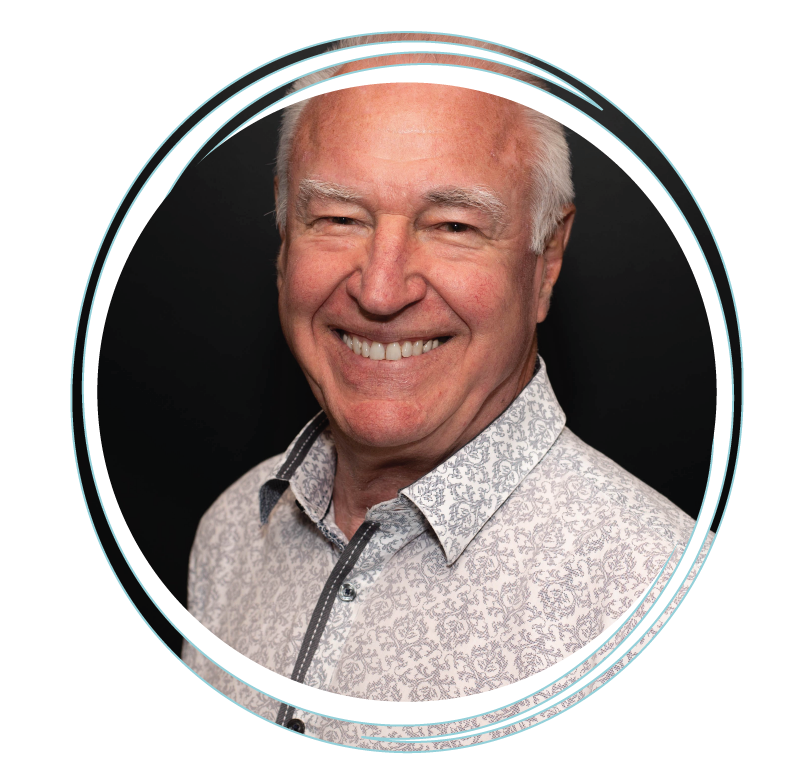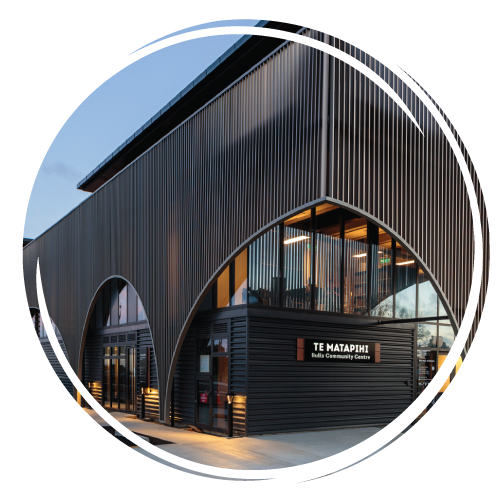


How Peter Johnstone Makes His Mark on the Engineering Industry with a Unique Legacy Trust
From getting a new business off the ground, to streamlining processes, developing KPIs and improving productivity, to coming through the pandemic stronger than ever, to setting up a succession plan that will enable Peter to leave a legacy – we’ve been there throughout to support and guide them.


INDUSTRY:
Structural consulting engineers
LOCATION:
Wellington
company size:
15 – 20 People
YEAR FOUNDED:
2016
GOALS:
To train young professionals, build a strong business he could leave behind, and set up a succession plan so Peter can leave a legacy and make his mark on the structural engineering industry.
OUTCOME:
- Phase 1: Setting up a robust accounting and workflow system with time-tracking capabilities and simple reports.
- Phase 2: Fine-tuning processes and reports to improve cash flow, recovery of cost, and productivity.
- Phase 3: Setting up a succession plan, which includes a Legacy Trust so Peter can pay it forward – for both his staff and the engineering industry as a whole.

THE CHALLENGE
Peter knew that he needed a good accounting system and practical business advice. He needed simple reports and good advice – when he needed it. So he asked around, and was pointed towards BW Miller Dean. He met with Peta and Clayton, and we’ve been working together ever since.
Over the years, the business evolved from startup to where Peter is now, ready to relinquish the reins. Each phase brought very different challenges. Here are the three major bits we worked on together during the years:
- Refining WIP processes and tracking of costs: The nature of the industry is such that you could rack up hundreds of thousands of work in progress before a project has even been approved by the client. They needed a better way to record these costs, and also a process to boost recoverability.
- Measuring performance and improving productivity: They wanted to track performance more carefully and improve productivity of individual staff, both to keep costs under control but also to compensate employees who are performing well.
- Succession planning: Peter wanted to set up his business to run without him so he can retire and know the business is in capable hands. He also wants to leave a legacy on the industry, so he needed a unique solution.

THE SOLUTION
Our first project together was to set up a good financial recording system. We chose Xero for its user-friendliness and because your numbers are accessible anytime, from anywhere.
Another important tool they needed was a good workflow system with time-tracking capabilities. The first system they used was too limited: It wasn’t providing them with the information they needed. We got it to a stage where it was manageable, but later upgraded to a new, better system. They’re now using Accelo, which is working great.
Here are some of the highlights:


SETTING UP PROCESSES TO MEASURE COSTS ACURATELY AND IMPROVE PROFITABILITY
One of the major challenges typical to the industry is how to deal with work in progress. As engineers, they do a lot of groundwork on a project before official kickoff – they would often get to the end of the job with hundreds of thousands of accumulated WIP that they can’t bill for, essentially having massive write-offs they didn’t expect.
The solution was twofold:
1. Setting up a system that could track costs more accurately.
2. Developing new processes and training the engineers to record their time and costs correctly and on time.
“It’s been great fun getting an understanding of how the systems work, identifying the issues and guiding them through finding a solution. It came out of an accounting issue: the WIP figures would fluctuate enormously, so we couldn’t accurately work out what their gross profit was.” – CLAYTON
Once both the system and process were working smoothly, we were able to use that data to make better decisions. Armed with the right data, they can reduce costs and write-offs, improve staff productivity, communicate early with a client should they need to increase the project’s fees, and also do more accurate job costing for future projects.

MEASURING PERFORMANCE AND IMPROVING PRODUCTIVITY
Peter also wanted to know how well his staff was performing on an individual level, for two reasons:
* To identify staff members who weren’t working efficiently with their time and help them to improve their productivity. As consultants, a big part of their cost is staff time, which directly impacts the profitability of a project.
* To reward people who are performing well and let them share in the profits.
After implementing the right tools to measure performance, Clayton and Peter also developed KPIs for everyone, and now they can use the data to help them make improvements and decisions.

IMPROVING CASHFLOW AND RECOVERY OF DEBTORS
Another typical struggle in the industry are clients who don’t pay on time. We’ve set up reports for them to identify slow-paying clients and implemented a process to manage debt collection better. This has helped not only to reduce debtors, but also to improve cashflow.
When the Covid-19 pandemic hit, managing their cashflow became a bigger challenge than usual. We had to meet more often to look at the numbers, and to make sure that they could pay their wages on time. They survived, and learned a few new tricks along the way that would help them to keep their cashflow under control.


KEEPING A FINGER ON THE PULSE
For both BW Miller Dean and New Zealand Consulting Engineers, relationships are important, so is communication. Peter appreciates having direct access to Clayton and the rest of the team.
I’m impressed with Clayton’s feeling for the company – he’s got his finger on the pulse, just by looking at the accounts monthly. He’s very good at explaining clearly where we are. I look forward to our chats. – PETER
Peter and Clayton meet every month to analyse and discuss their management reports and Clayton would point out any issues they need to address. We also use Spotlight Reporting, which is a forecasting tool that integrates with Xero, to do scenario planning and look at possible future outcomes.
Peter and Clayton meet every month to analyse and discuss their management reports and Clayton would point out any issues they need to address. We also use Spotlight Reporting, which is a forecasting tool that integrates with Xero, to do scenario planning and look at possible future outcomes. – CLAYTON
LEAVING A LEGACY


BACKGROUND
Peter considers himself lucky to have learned the ropes from brilliant mentors at the start of his career – in the pre-computer days. With just a pencil and calculator, they could work out how strong a structure should be – you can still see those buildings when you drive around the city.
Over the decades he’s noticed that engineers are taught to use computers more and more. Nothing against computers, but it has led to a behaviour and policy of relying solely on the computer to tell them whether a building is strong enough to withstand an earthquake. He’s also found that they’re not taught the first principles when studying for their degree. They’ve become desensitised by computers – without their help, they won’t know how to design effectively anymore.
“I have this fear that an individual’s talents are being smothered by computers – PETER

And the computers aren’t always right. This causes some buildings to be over-designed, and makes it more costly to build than what it needs to be. Other times, when they assess the seismic strength of existing buildings, the report would incorrectly say that the building is unsafe, which means it can’t be insured or people can’t sell their apartments. These all have very real consequences on people’s lives and the already-expensive property market. Peter wants to change that.
The solution? That’s where his Legacy Trust comes in.
He wants the trust to invest some of its income into training young engineers, and to influence the engineering industry for the better.
SUCCESSION PLAN: PREPARATION
The first step was to develop a succession plan. They investigated and tried a few different options before finding the right solution – a very unique structure that’s not common in New Zealand.
The Covid-19 pandemic also added another level of complexity and uncertainty to their plans. But despite the challenges, they’ve been able to make some positive changes to the business structure – they’re now leaner with a better profitability model.
Clayton’s been there when I’ve been trying to sell the business and it’s been quite remarkable, I never would have expected to get what I did back when I vetted you. I didn’t know what I didn’t know – PETER
The next step was to set up the firm to be able to run without Peter. We developed the optimal management structure, gave them clarity on what the responsibilities and expectations are and the reports they should provide Peter with, and also where it’s still necessary for Peter to be involved.
They also needed to assess which skills were missing in the team – they’re all great engineers who are good at what they do, but don’t necessarily have the skills to run and grow the business. So they needed help developing those skills. Another challenge was to make sure they had the right mix of technical abilities within the team.
SETTING UP A LEGACY TRUST
The last step was to set up the Legacy Trust.
Since the structure is so unique, there were quite a few things to figure out:
* The nature of the trust: This included creating the structure and figuring out how everything fits together, how the money flows, and how Peter will be paid out.
* The need for a board: They needed a board to make big decisions and decide how the profits would be spent.
* Clarity on each role: Everybody on the team needed to know where they fit in and what their responsibilities are.
* Measuring individual performance: You don’t want to pay employees for nothing. Measuring their performance against KPIs helps the management team of the firm to recommend how much bonuses each person should get.
Ownership of the firm has been transferred from Peter to the Legacy Trust, and all staff members of New Zealand Consulting Engineers are beneficiaries of the trust. The board of trustees will decide how to invest profits – some funds will be passed on to the team, while others will be invested into training and other measures to improve the engineering industry.
For the team, this is a great structure. They don’t need to take on the risks that come with running a business. But, if they do good work, they’d still be rewarded by sharing in the profits. For Peter it’s great, because it means he can step away from the day-to-day running of the business, and know that his firm is in good hands. It also means he has more time to work on the causes he feels strongly about.
He can finally leave the legacy he always wanted.
ADVICE FOR OTHER SMALL BUSINESSES
The support from BW Miller Dean has played an important role in the growth, survival, and long-term continuation of New Zealand Consulting Engineers, and Peter knows it can help other businesses too.
Clayton’s been there when I’ve been trying to sell the business and it’s been quite remarkable, I never would have expected to get what I did back when I vetted you. I didn’t know what I didn’t know – PETER
At BW Miller Dean, we enjoy working with clients like Peter Johnstone and New Zealand Consulting Engineers. Not only do we like them on a personal level, but we also share important values. Just like Peter, we care about our team and building relationships with clients through trust and clear communication is paramount.
“I enjoy working with them because of the variety, but also the reason why they went into business. They care about their staff, so you want them to succeed, you want those plans to go through. – CLAYTON

We love getting involved in every aspect of our clients’ businesses. It’s great seeing when they’re adapting to changes and working through challenges with a positive attitude, and being able to guide them along the way with reliable reports and practical advice.
Whether you’re just starting a new business, or you have some processes to streamline, you need better reports to help guide your decisions, or whether you have a grand plan for the legacy you want to leave behind, get in touch with us. We’d love to guide and assist you the way we’ve done for Peter Johnstone and his team.
